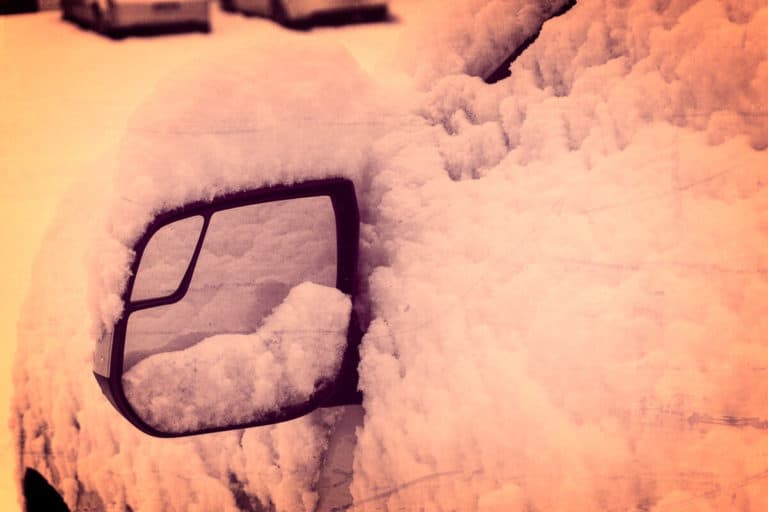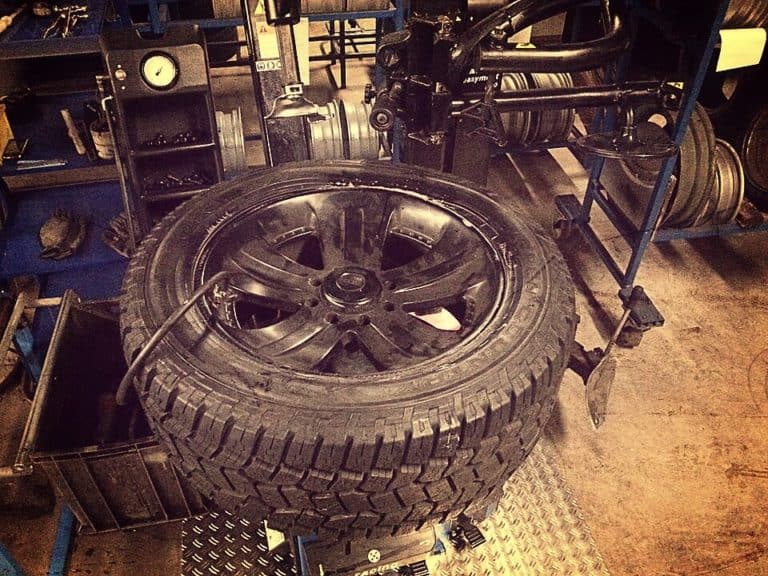Correctly Fit Winter Tires
How to Correctly Fit Winter Tires to Your Vehicle
Are you thinking of fitting winter tires to your vehicle? If you decide to fit winter tires on your car, you should know that it is highly advised to go for a set of four wheels. Indeed, by fitting two different sets to the front and rear of your car, you increase the risk of losing the stability and the balance of your vehicle. It will also increase the wear on all tires. So, by fitting all wheels you might actually invest your money more wisely in the long-term. Anything less than four winter tires compromises your vehicle’s safety and the overall effectiveness of winter tires.
For your own safety and the safety of your passengers, install tires on your vehicle which correspond to the winter driving conditions that are relevant to you. Whether you live in the city or country or whether you drive a large or small vehicle, winter driving conditions will impact your vehicle’s performance.
When Should I Fit Winter Tires?
They need to be fitted before bad weather strikes. Waiting until the roads are frozen and the car is under a snow drift will mean you’re unlikely to be able to fit them. In the European countries where the use of winter tires is mandatory, most people have them fitted around October then replaced with summer tires around March, when the worst of the cold weather has passed.
- When Choosing A Winter Tire, Consider Your Driving Needs:
- Do you live where cold temperatures are common?
- Do you drive on icy or snowy roads?
- Do you have to use your vehicle every day, regardless of the weather?
- Do you drive off main streets and roads in winter?
- Do you drive early in the morning or late at night in winter?
- Do you drive nearly the same speed regardless of temperature?
Take into consideration how much winter driving you will do, your driving habits, local driving conditions, and the level or safety and performance you expect from your vehicle and its tires. Once the threat of snow has disappeared, remove the winter tires and put back on the regular tires as the soft rubber compounds can wear out faster especially in the warmer weather. If you do fit winter tires make sure they have the minimum legal tread depth of 1.6mm – but 3mm is recommended for winter driving. Make sure the tire pressure is correct too as under inflated tires can reduce grip and affect handling. As a precaution, inform your insurance company if you do plan on fitting winter tires as it may, in a small number of cases, affect your insurance cover.
Preparing Your Vehicle for Manitoba Winters
Winter in Manitoba can be detrimental for cars, which is why it’s important drivers prepare well in advance of when the harshest conditions arrive. Here are useful tips for you while preparing your vehicle for the winter in Manitoba;
Shelter Your Car
If you have the ability to put your car in a garage or under an awning, we recommend taking advantage of it. Waking up in the wee hours of the morning to scrape ice off your windows isn’t particularly fun or easy, and keeping ice off your paint will preserve your ride’s finish. Parking your vehicle in a warm, dry area will make leaving in the morning immensely easier. If you don’t have access to covered parking, you can buy a cover at any hardware store to keep the snow and cold out.
Purchase Sand Bags
Believe it or not, sandbags can be your best friend if you have a truck or car with rear-wheel drive. Purchase two large bags and put them in the bed of your truck or in the trunk of your car. This distributes more weight over the drive wheels, giving you more traction when you need it most. Worse comes to worse, you can use the sand inside to get moving if you get stuck in the snow or slush. Sandbags are relatively cheap too, and can be found at just about any hardware store.
Take Note Of Oil and Fluids
A big part of what keeps your engine running is oil, which lubricates and protects the moving parts of the engine. Certain oils are affected differently by cold weather and can affect the viscosity of the oil. For example, synthetic oil flows better in colder weather due to its molecular composition that allows it to not lose viscosity. Most oil thickens as the weather gets colder, keeping the oil from circulating throughout the engine and inducing more engine wear. This is where a block heater comes in. A block heater might be a no-brainer for many, but others don’t even know what block heaters do.
A block heater utilizes an electric heating element to heat the coolant, thus warming the engine block so that the engine turns over easily when it’s cranked. This not only reduces the stress on your battery, but the starter motor and, more importantly, the engine. Ensuring that you’re using the correct fluids in your vehicle can also make all the difference. For example, winter windshield washer fluid is key throughout the winter and spring months so that it doesn’t freeze in the reservoir.
Coolant is a similar story. The recommended coolant for the winter is 60/40 (meaning it’s composed of 60 percent coolant and 40 percent water). This combination is preferable because it does the job of cooling and additionally protects the vital internals of the cooling systems. The water in the coolant removes heat from the engine block and runs it through the heater core, which in turn creates heat for the cabin. Using winter tires and the correct fluids and oil in your vehicle is the first step to preparing for winter. Actually being prepared is another thing entirely. Be sure to keep a winter emergency kit in your vehicle. This should include a blanket, jumper cables, a shovel, gloves, and a phone charger that can be used in the car.
Assemble An Emergency Kit
While there’s certainly ample you can do to prevent ending up in dangerous situation, you simply can’t plan for everything. That’s why it’s an excellent idea to pack yourself an emergency kit for the worst-case scenario. Consider adding bottled water, food, flares, blankets, a shovel, flashlights, batteries, and a first aid kit. Amazon has a plethora of pre-make emergency packs for sale, and they range from entry-level kits to more inclusive packages that come with phone chargers, radios, and folding saws. Also, consider buying kitty litter to melt ice if you get stuck. These are things that are always good to have in your car, especially if you’re worried about getting stuck in a snow bank.
Inspect Headlights and Brake Lights
It’s vital to have fully functioning headlights and brake lights when dealing with thick winter fog or heave snow. It’s going to help your own visibility while driving, but also make sure other drivers are able to see you. Plastic headlight lens repair kits can be found at various retailers if you choose not to have it serviced by a professional.
Take note of the above tips and stay safe out there.












